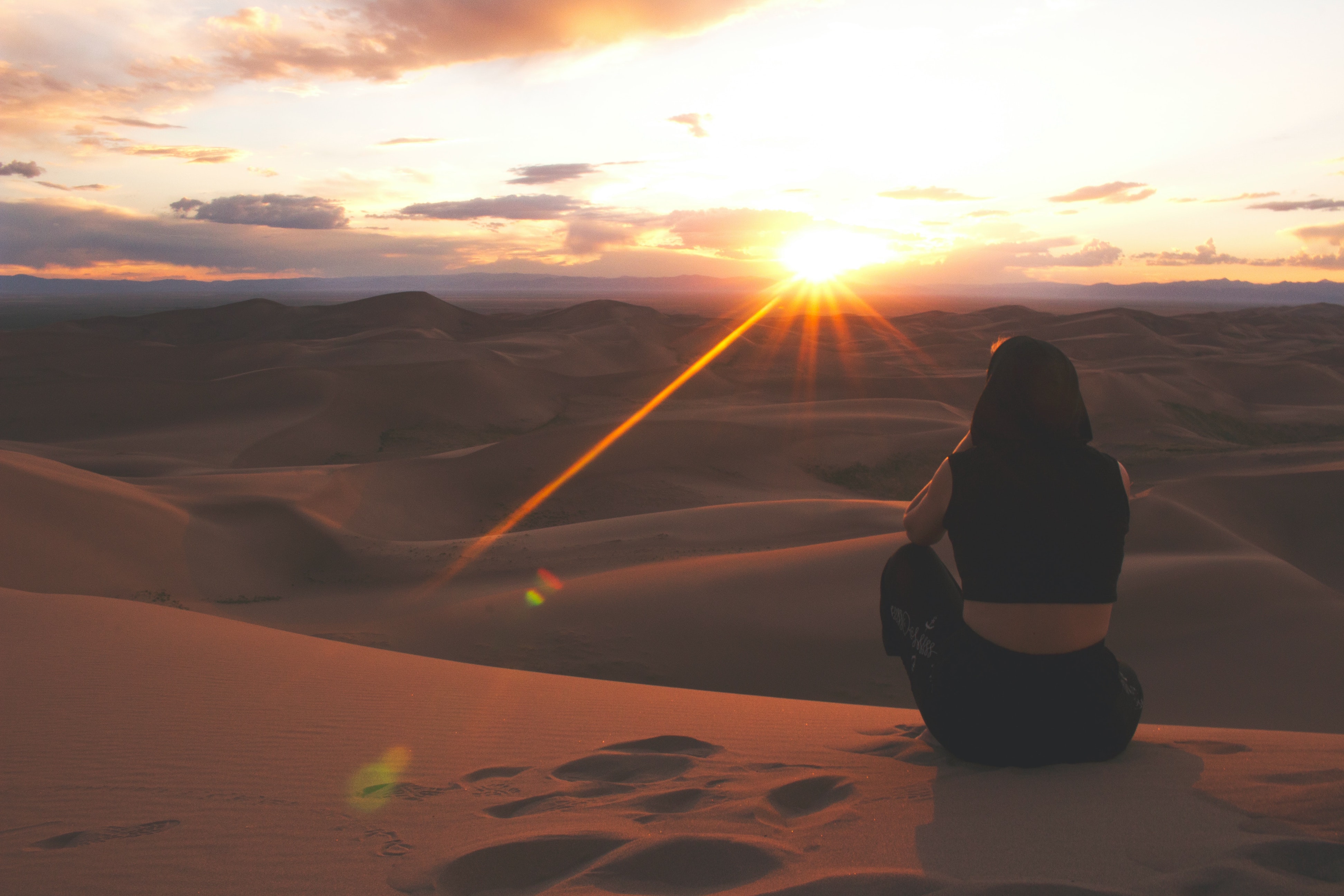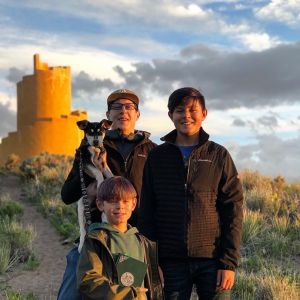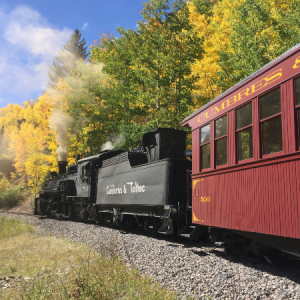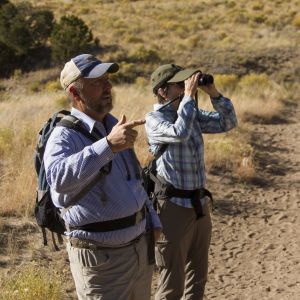What to Expect: Fall at the Great Sand Dunes National Park
Originally written by RootsRated for Alamosa CVB. Updated 8/1/2021.
Great Sand Dunes National Park and Preserve is home to the tallest dunes in North America, covering close to 19,000 acres of constantly changing landscape. The dunes—including the famed Star Dune, which rises 750 feet from San Luis Valley floor—aren’t the only thing to recommend the park, though: Great Sand Dunes encompasses another 65,000 acres, including six peaks more than 13,000 feet.
This stunning juxtaposition of high desert and the craggy peaks of the Sangre de Cristo range is all just a 40-minute drive from Alamosa, and while the park has something to offer no matter when you visit, the shoulder seasons—particularly fall—make an ideal time to make a pilgrimage to the quietest national park in the Lower 48.
Dip Your Toes in the Sand

Hiking is allowed on the dunes year-round, though summer temperatures, which regularly hit in the high 80s between June and August, can heat the sand to 150 degrees. Remember to wear shoes with good soles on them. Things cool down beginning in September, which means the dunes themselves are no longer apt to burn visitors’ feet. Absent in the fall, too, are afternoon thundershowers which can leave hikers exposed.
Though you might see footprints where other hikers have made their way through the sand, no official hiking trails exist on the dunes. Bring a compass or stay within sight of the Visitor Center to avoid spending more time out than intended.
Sandboarding and sand sledding are also popular activities—a regular sled or snowboard won’t work, so pick up a rental at the lodge just outside the park entrance until October, or year-round at Kristi Mountain Sports in Alamosa.
See the Park’s True Colors

Thanks to its proximity to the Sangre de Cristo mountains—the East Range, to San Luis Valley locals—Great Sand Dunes boasts gorgeous colors when the leaves start to turn. Aspen trees render whole hillsides vibrant gold, three-leaf sumacs become brilliantly red, and the namesake trees of Cottonwood Creek gild the park’s best backcountry campsite in orange and yellow.
Fall colors in the park tend to peak between late September and early October.
Take a Hike

There’s plenty of off-sand hiking in Great Sand Dunes National Park, too. The 11-mile Sand Ramp Trail, sandwiched between Medano Creek and the Sangre de Cristos, offers jaw-dropping views of the dune field and the San Luis Valley. If you are lucky, you may even catch a glimpse of some wildlife, including pika, bighorn sheep, pronghorn, ptarmigan, and a number of desert reptiles.
The Sand Ramp Trail also provides access to the park’s seven established backcountry sites. You’ll need a free permit, issued at the Visitor Center, to camp at one of these spots. Sand Creek, the farthest from the trailhead, requires a grueling 12-mile hike, but its killer views of the dunes make it well worth the effort. In addition to dune-centric hiking, trails in the park access Music Pass and the Upper Sand Creek Basin, home to four picturesque alpine lakes.
See the Stars

Far from the bright lights of the Front Range and situated in the wide-open San Luis Valley, Great Sand Dunes is an ideal spot to stargaze—whether you’re watching the full moon or waiting for your favorite constellations on a clear, moonless night, the otherworldly dunes are an incredible observatory.
Ranger-led programs run throughout the summer, but autumn, too, is an excellent time to see the stars, thanks to earlier sunsets and longer nights. In the fall, both summer and winter constellations are still visible, plus Corona Borealis to the west, Pegasus, and Taurus.
Fewer Crowds

Despite the heat, summer months are still the most popular time to visit the national park—the vast majority of the 300,000 annual visitors make the trip during the typical summer break. Come September, it’s much easier to secure a first-come, first-served backcountry permit, or even a site at the park’s Piñon Flats Campground, which tends to fill up every day, including weekdays, during the peak season.
While it’s great to have the park more or less to yourself—especially as you venture farther from the park’s trailheads—keep in mind that hunting is allowed in the Preserve portion of Great Sand Dunes, which makes up nearly 42,000 acres of the park. Be sure to check with rangers about where it’s safe to travel during the fall and winter hunting seasons.
Start Planning Your Trip
Draw inspiration from these pre-crafted travel itineraries:










